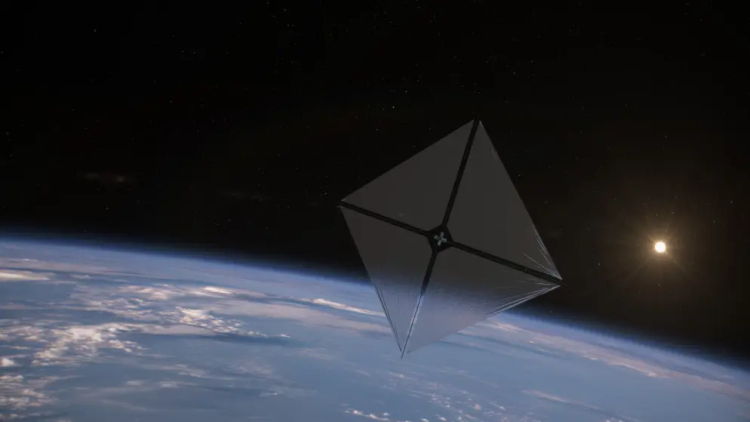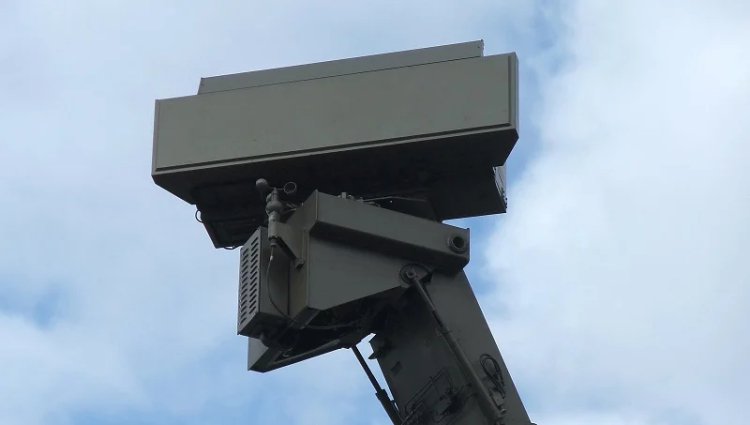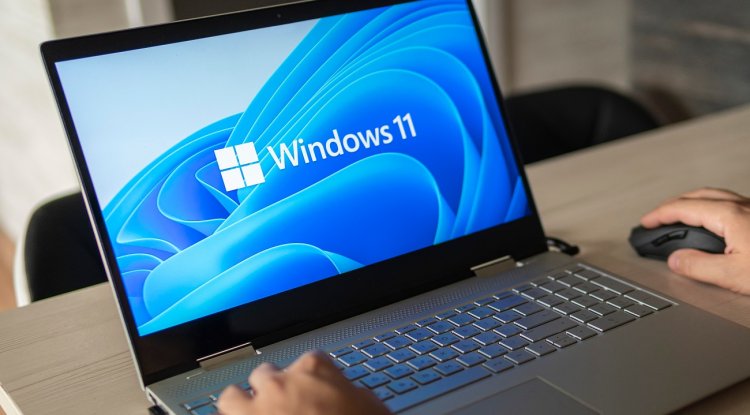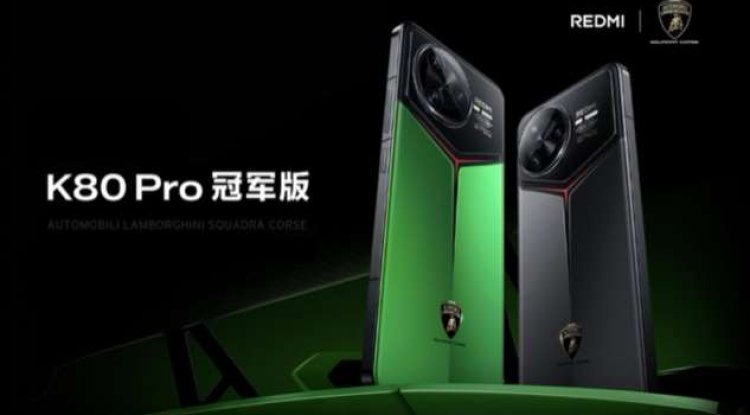NASA is preparing to test a new composite solar sail system
NASA will test solar sails made using new technology. ACS3 are made of polymers and carbon fiber and operate by continuous pushes from the solar wind, which can accelerate it to high speeds.

In April 2024, NASA will launch an innovative solar sail. The success of this experiment could be a starting point for the development of more affordable and lightweight spacecraft for long-term missions that do not require the use of traditional fuel and engines. In addition, this technology can contribute to a deeper understanding of the solar system.
The sail, called the Advanced Composite Solar Sail System (ACS3), operates thanks to continuous pushes from the solar wind, which over time can accelerate it to significant speeds. NASA initially placed it on a 12U Cubesat from NanoAvionics, which is slightly larger than a microwave oven. Older models, based on the use of heavy metal frames or bulky but lightweight composites, were difficult to handle even with such a payload.
However, ACS3 takes a new approach. The booms that support the sail are made of flexible polymers and carbon fiber. They have greater rigidity and less weight compared to similar structures.
The main goal of the project is to test the arrows by launching them into orbit using RocketLab Electron. The craft will enter a sun-synchronous orbit at a distance of 1,000 kilometers before it begins to unfurl its sail. The ACS3, roughly the size of six standard parking spaces, will take about 25 minutes to fully deploy. The spacecraft will be visible from Earth when sunlight hits it at the right angle, but will also have cameras on board to monitor the deployment process.
Once the sail has been verified to deploy correctly, the team plans to test its effectiveness as a means of transportation. NASA engineers estimate that the booms can support a sail of 2,000 square meters. If the demonstration is successful, solar sails could become commonplace on future robotic missions of all sizes.
Share
What's Your Reaction?
 Like
0
Like
0
 Dislike
0
Dislike
0
 Love
0
Love
0
 Funny
0
Funny
0
 Angry
0
Angry
0
 Sad
0
Sad
0
 Wow
0
Wow
0





![Transfer/ Postings Senior Superintendent Police Hyderabad [Notifications]](https://pakweb.pro/uploads/images/202402/image_100x75_65d7bb0f85d5f.jpg)
![Amazing Text Animation Effect In CSS - [CODE]](https://pakweb.pro/uploads/images/202402/image_100x75_65d79dabc193a.jpg)






